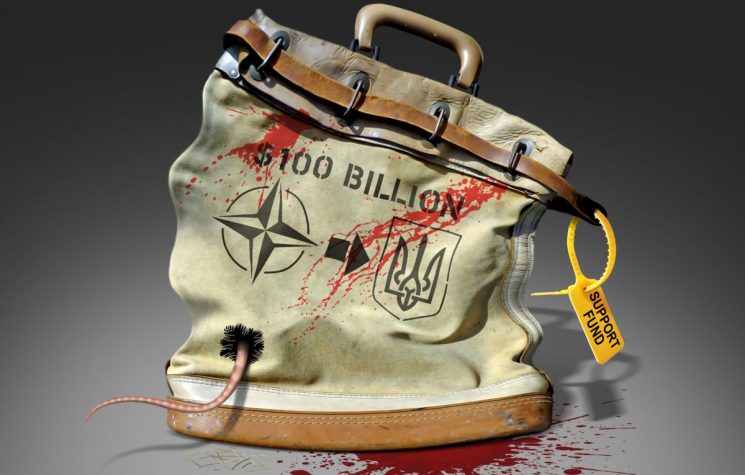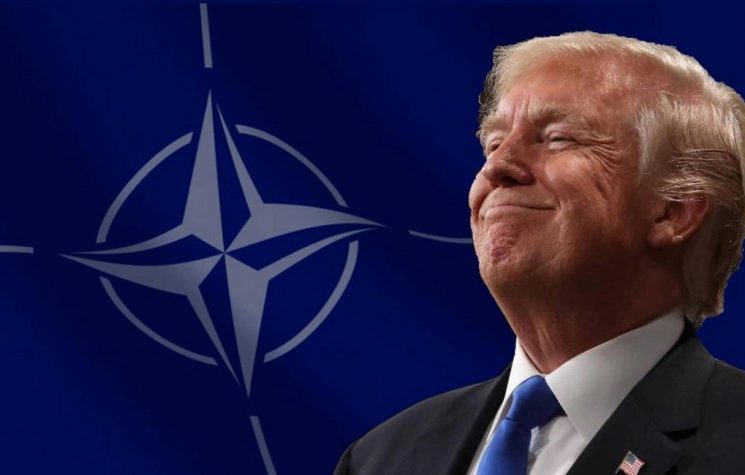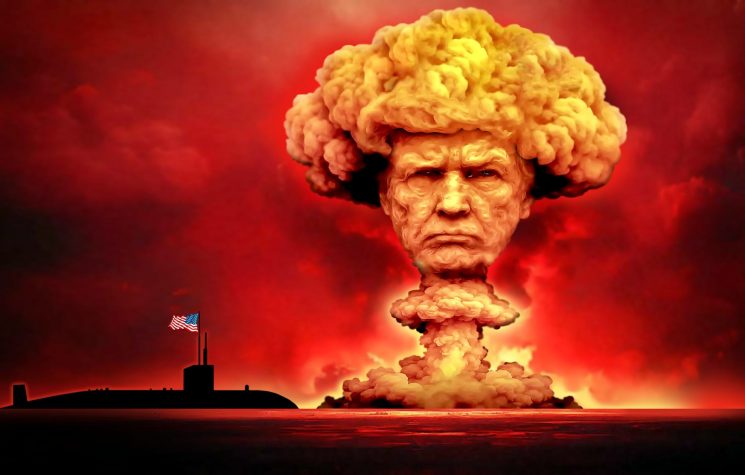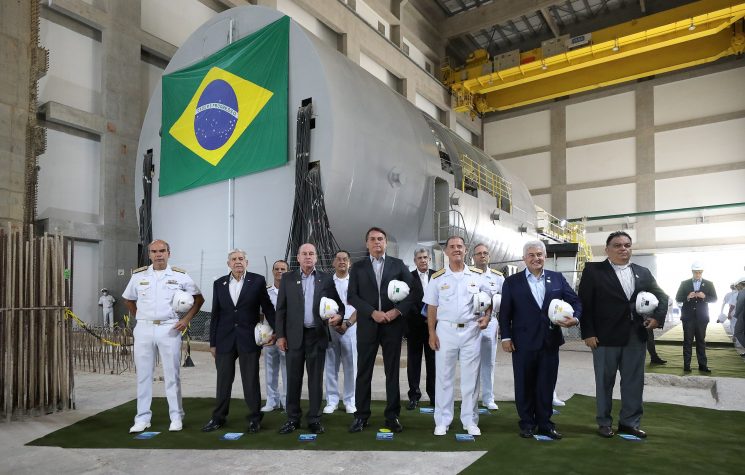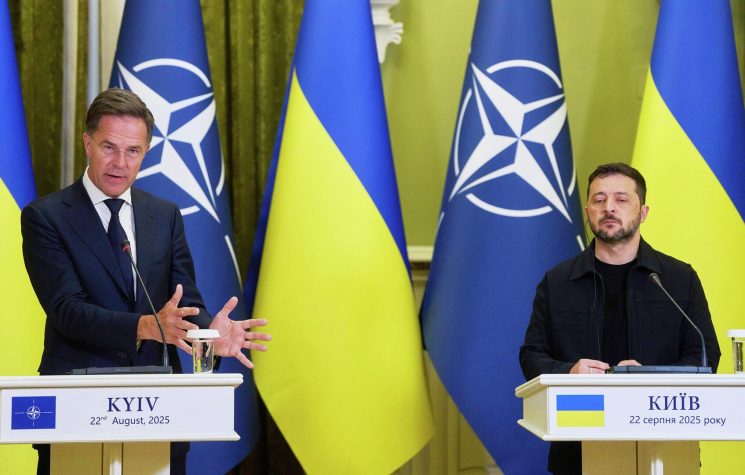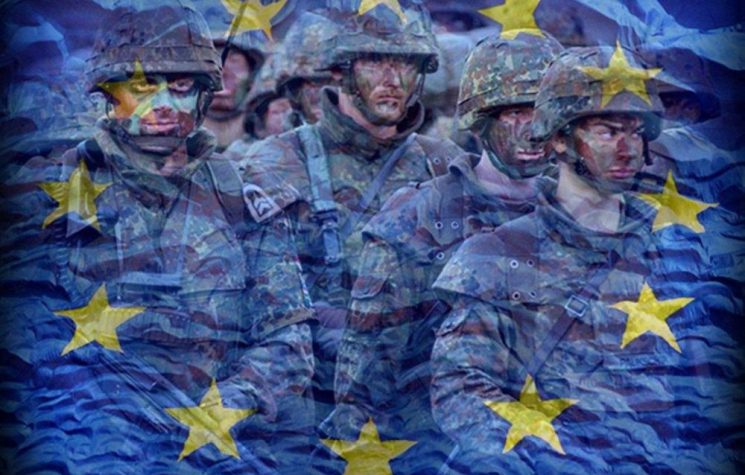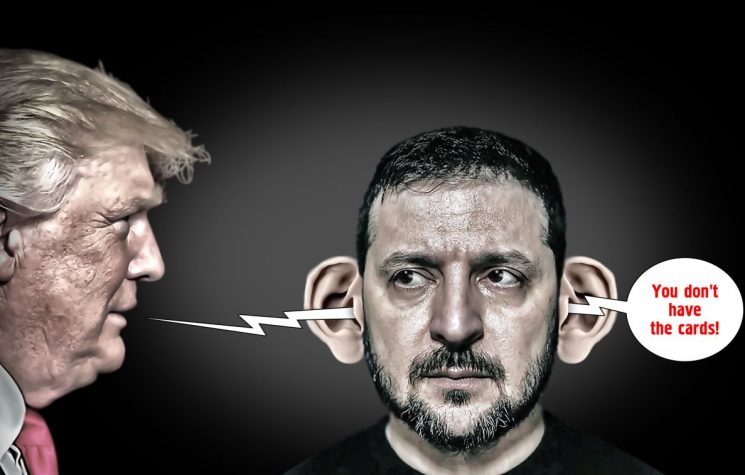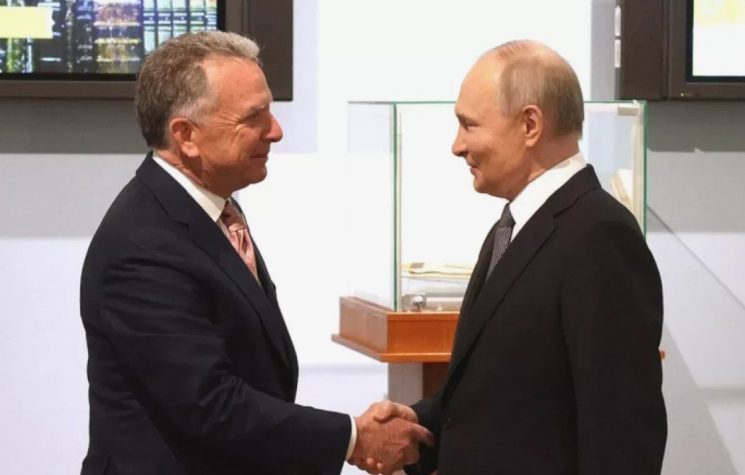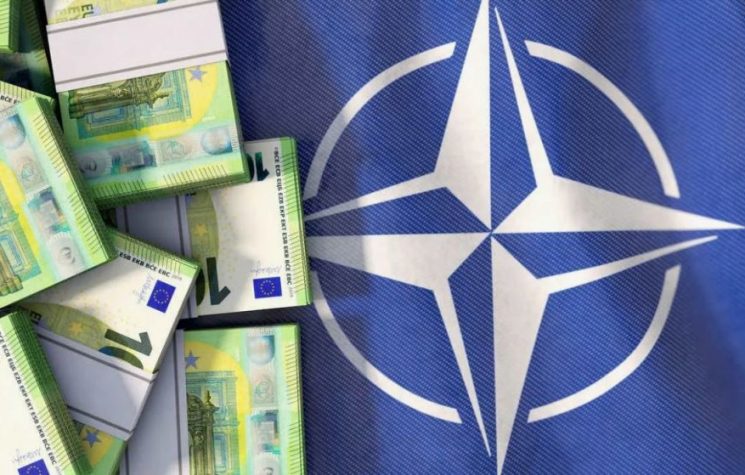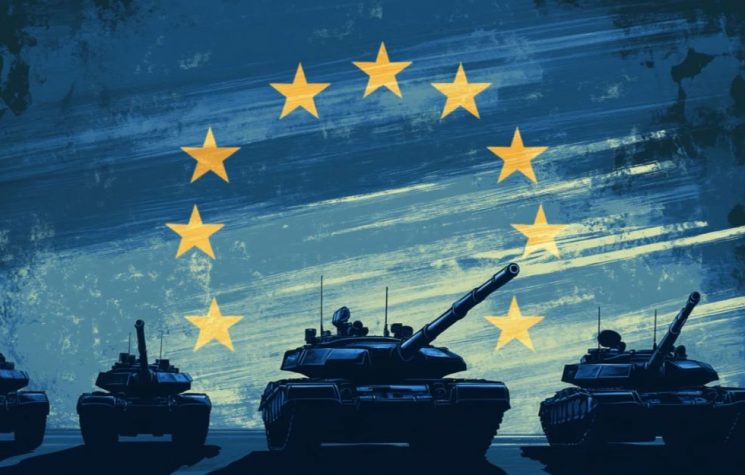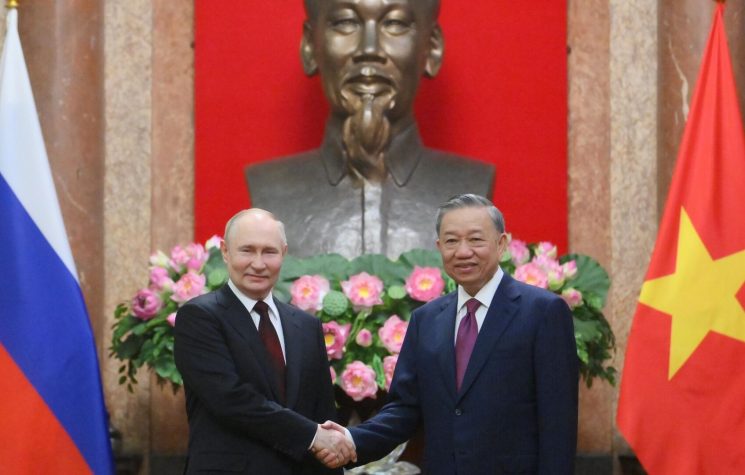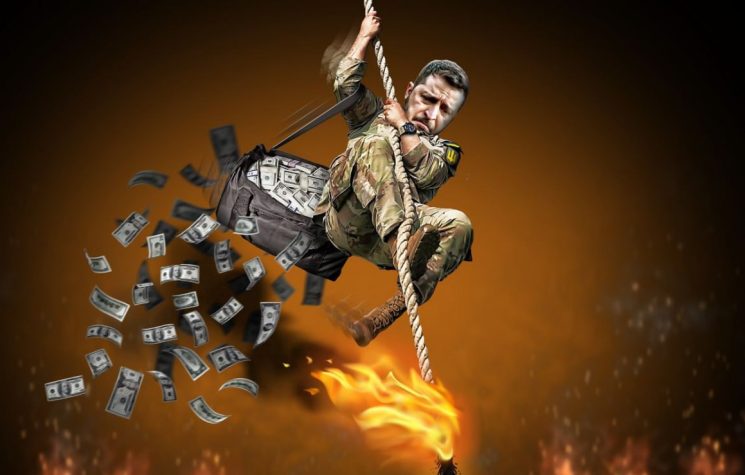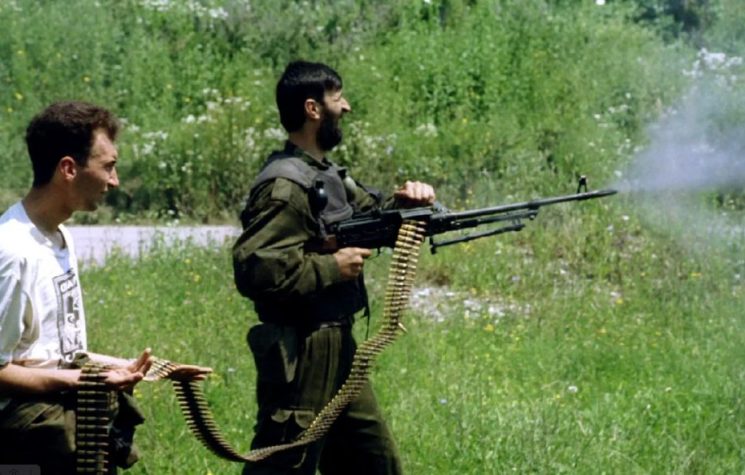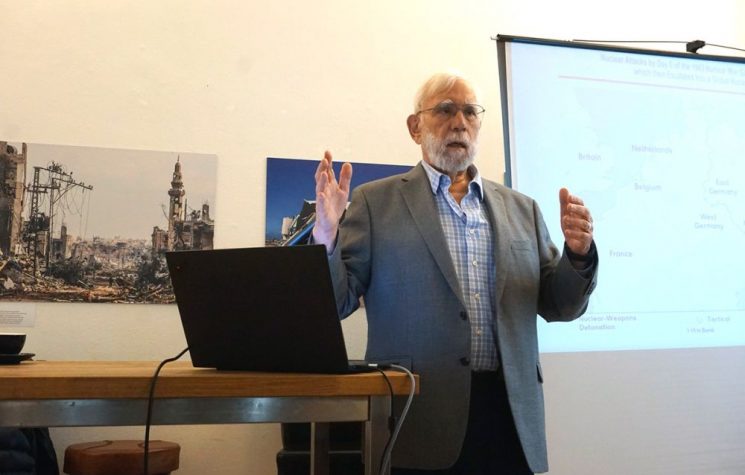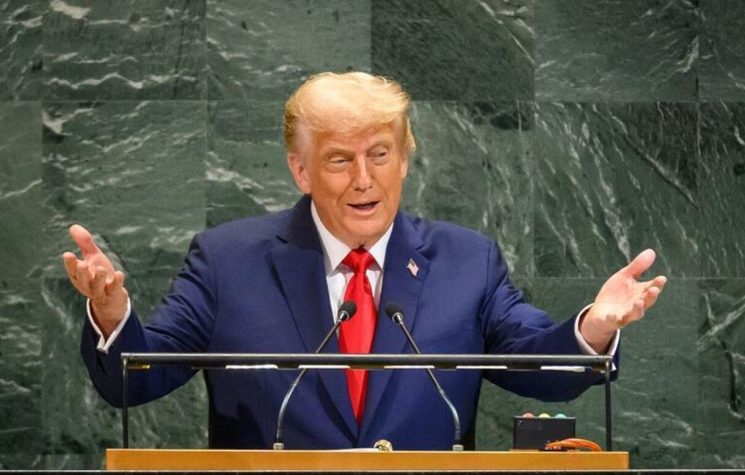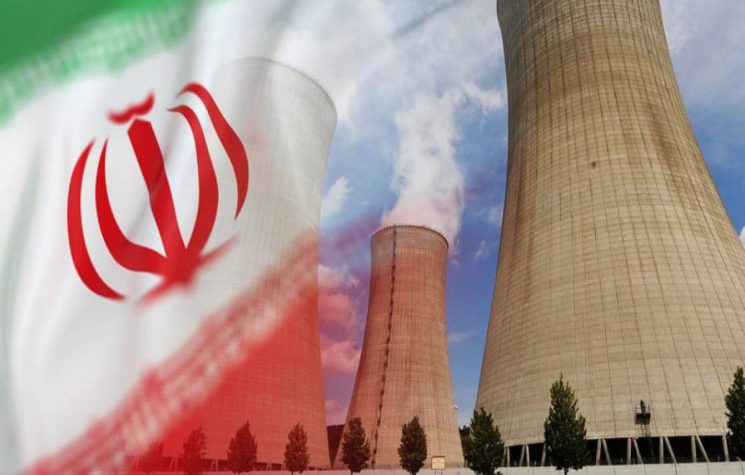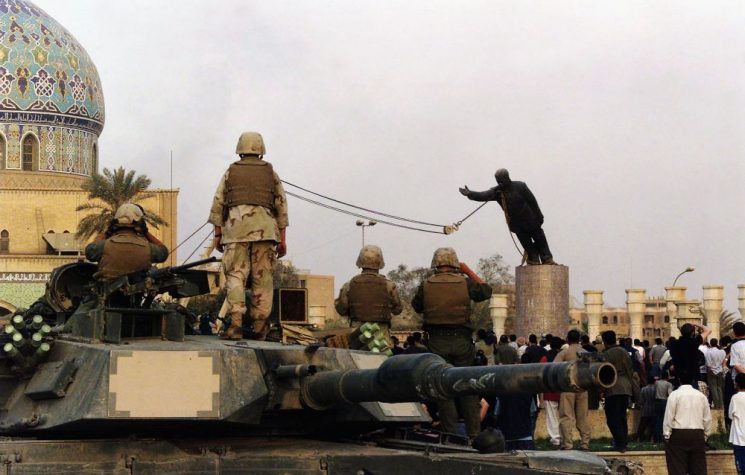History will not be kind to those who play with the future of humanity for the sake of their own political vanity.
Contact us: info@strategic-culture.su
The danger of nuclear escalation is real. The international balance has hitherto been based on deterrence as an instrument of ‘guarantee’. But if this changes or fails, what will happen?
The foundations of deterrence
Nuclear deterrence is a fundamental strategy in strategic and military science, which is based on using the threat of a devastating nuclear response to prevent the use of nuclear weapons or to deter strategic attacks by one or more adversaries. In its own right, it fits into the broader context of nuclear strategy, which concerns the use of nuclear weapons to protect national interests, defend security and influence the behaviour of adversary states. Nuclear deterrence assumed a central role during the Cold War and continues to be a crucial element of the defense policy of the many nuclear powers across the globe.
The concept is based on a psychology of international relations that aims to make the consequences of hostile action unacceptable to the adversary. Simple but very, very effective. In nuclear terms, it is a matter of making the enemy perceive that the costs of an attack, or of a conflict leading to the use of nuclear weapons, far outweigh the benefits they might gain from such an attack.
Nuclear deterrence can be divided into two main forms:
Direct Deterrence: it concerns the threat of using nuclear weapons in response to a nuclear or conventional attack by an adversary. The basic idea is that, if an adversary believes that attacking a deterring country entails the likelihood of devastating nuclear retaliation, it will choose not to attack.
Indirect deterrence: this refers to the use of the nuclear threat to influence an enemy’s behaviour in contexts not directly related to the use of nuclear weapons, such as conventional wars or strategic confrontations. In this case, the threat of nuclear escalation serves as a tool to influence an enemy’s decisions in conflict or crisis situations.
One of the main features of nuclear deterrence is the so-called nuclear triad, a concept developed by the United States during the Cold War, which consists of the combination of three main components:
Intercontinental ballistic missiles (ICBMs): these are ground-launched missiles with a range of more than 5,500 km that can carry nuclear warheads and strike long-distance strategic targets, particularly enemy capitals and command centres. These are the ones we hear more and more about these days and are part of, for example, the reform of Russian nuclear doctrine promulgated by Vladimir Putin a few days ago.
Strategic bomber forces: long-range aircraft, such as the US B-52 bomber, which can carry nuclear warheads and strike strategic targets. These bombers can also be used in a retaliatory role because their mobility allows them to maintain a credible threat even in the event of a pre-emptive strike.
Submarine-launched ballistic missiles (SLBMs): nuclear submarines, due to their ability to operate silently and remain hidden in the depths of the sea, provide a highly credible and difficult to destroy ‘second strike’ response. The presence of nuclear submarines in international waters reduces the probability that an adversary can destroy the entire nuclear arsenal before being hit in turn.
The nuclear triad is designed to ensure that, regardless of the type of attack suffered, at least a significant part of the nuclear force remains intact, ready to inflict devastating punishment in the event of an attack. This principle is known as ‘second strike capability ’ which is the basis of effective nuclear deterrence: the assurance that a nuclear attack will not go unanswered.
The logic of Mutual Assured Destruction
The concept of Mutual Assured Destruction (MAD), is one of the main strategic doctrines defining nuclear deterrence. It states that, in a nuclear conflict between two nuclear powers, the probability of survival of either side would be extremely low, as both sides would inflict irreversible and catastrophic damage; hence, both sides are strongly deterred from initiating a nuclear conflict.
The logic of MAD is based on several fundamental principles:
– Credibility of the threat: to be effective, a threat of nuclear retaliation must be credible. This means that a nuclear power must possess sufficient nuclear forces and the political will to use them in the event of an attack.
– Mutual Vulnerability: both nuclear powers must be vulnerable to nuclear attack by the other, which means that both must possess survivable nuclear forces, such as nuclear submarines or underground ballistic missile silos.
– Uncertainty of outcome: although both powers can inflict devastating damage on the other, neither side can know with certainty what the outcome of a nuclear exchange would be, as the consequences could be globally catastrophic and unpredictable.
In addition to the basic principles, nuclear deterrence also includes advanced concepts related to credibility, communication and technological innovation.
Extended deterrence: a nuclear nation can extend its deterrence to allied countries by promising to defend them with its nuclear capability. This principle is the basis of NATO alliances, where the US offers nuclear protection to European allies.
De-escalation through non-first use: some nuclear nations, such as China, have adopted ‘non-first use’ (NFU) policies, pledging never to use nuclear weapons first, but reserving the right to respond to a nuclear attack with nuclear retaliation. This approach reduces the risk of escalation, but can also be seen as a weakness, as it may not offer a sufficiently strong deterrent.
Tactical nuclear weapons: in addition to strategic nuclear weapons, there are also ‘tactical’ nuclear weapons, i.e. weapons of reduced power intended for use in local theatres of war. These weapons raise debates on their ability to deter an attack, as they could lower the threshold for nuclear use. We have also heard a lot about these, especially since 2022, with the start of the Russian-Ukrainian SMO.
Command and control system: in order to ensure credible deterrence, nuclear powers must have an extremely robust and secure command and control system that prevents access to unauthorized commands and protects nuclear forces from sabotage or hacking attacks.
Risk after risk
Managing nuclear deterrence continues to be a key global security challenge.
The ongoing standoff over Ukraine has become a de facto direct confrontation between Russia and NATO, both of which have nuclear weapons that now operate without the safeguards of Cold War diplomacy. The breakdown of private communication, once the cornerstone of nuclear deterrence management, has given way to public communication in a media war. This dangerous change has drastically increased the likelihood of catastrophic miscalculations. Much worse than a Hollywood movie.
Bear in mind that during the Cold War, an imperfect but functional system of discreet diplomacy allowed signals to be clearly sent and received. Mutual understanding, even between enemies, helped prevent misunderstandings that could have resulted in a nuclear conflict. Today, this critical buffer is as if it had evaporated. Russia has adopted a direct and unambiguous approach, publicly marking its red lines in the absence of reliable diplomacy; its red lines are laid bare for the world to see, not because it seeks escalation, but because ambiguity has proved fatal in the face of Western double-speak. Meanwhile, the West is full of contradictions and media-fuelled gossip to a level of confusion that makes it difficult to discern information. However, deterrence remains a matter of credibility, and when credibility is at stake in the public eye, the risk of leaders being forced to act to ‘prove their threats’ becomes exponentially higher.
The West’s decision to abandon private diplomacy in favor of a megaphone posture reveals a dangerous mix of arrogance and short-sightedness. Western leaders are not simply toying with Moscow; they are toying with their domestic audience, strategic partners, and the citizens they inexorably observe.
The West’s strategy, built on the illusion of Russian hesitation, is a catastrophic miscalculation. Moscow has no illusions about what is at stake and its actions reflect an awareness of the existential threat posed by NATO provocations.
Unlike the Cold War, this is no longer a chess game in which careful strategy and mutual respect for red lines dictate the moves. It is a game of poker, played with nuclear chips, in which bluffing and risk strategy replace logic and restraint. The US and NATO, encouraged by their own propaganda, are betting that Russia will not escalate; but Russia will not give up its traditional existential defense, so it is prepared to do anything.
History will not be kind to those who play with the future of humanity for the sake of their own political vanity.










